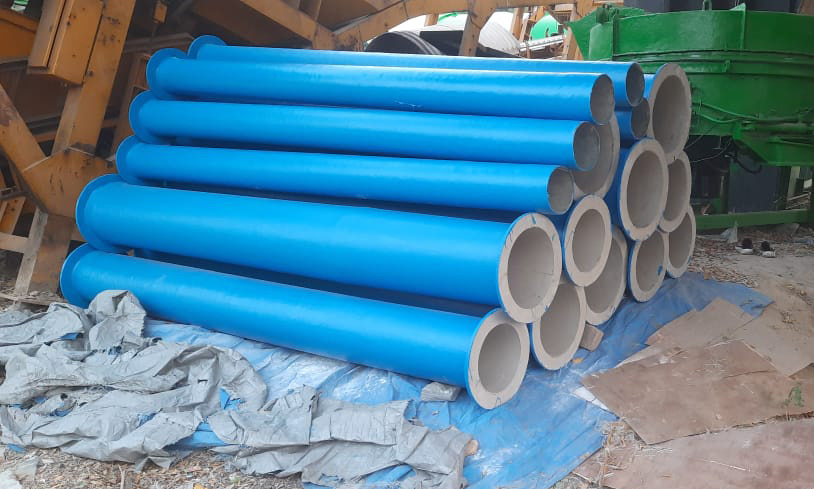In industrial settings, even slightly high moisture can corrode the sensitive parts of a machine. This can lead to downtime and capital loss. For instance, the frequent exposure to corrosive gases and prolonged humidity on the aluminum or steel ducts can lead to rust and corrosion on the duct material. When ducts get corroded, the gases and emissions from it is polluted. It can further lead to damage to the industrial infrastructure. Manufacturers like Ghaziabad FRP Engineering resolve this problem by providing FRP ducts. This innovation has significantly helped industries in addressing corrosion caused by humidity. They can continue their operation without worrying about downtime or failure of ducts. As one of the leading FRP ducting manufacturers, we are sharing our insights on how FRP ducting ensures a corrosion-free environment and deals with high humidity at an industrial level.
Why High Humidity Leads to Corrosion in Industries
Metals are the most prominent element in industries. They develop rust and corrosion by electrochemical reactions. Humidity plays the role of a catalyst in these reactions. In the absence of humidity, the metals don’t get a medium for the transfer of ions. Oxidation is one of the reactions in which iron metal reacts with oxygen, and moisture acts as a facilitator in this reaction. As the humidity gets higher, more ions react with oxygen and this is how corrosion spreads in the industry.
How FRP Ducting Prevents Corrosion
The chemical composition of FRP is fiberglass and polymer resins. The glass fibre has high strength, while the thermosetting polymer resin gives resistance to the structure. Together, they form a strong and durable structure. Here’s how it prevents corrosion in high-humidity environments:
No Metal in Composition
The FRP ducting manufacturers don’t use any metal in the synthesis of these ducts. Since there is no metal, the electrochemical reactions have no chance to occur. Oxidation with water or corrosion with gases like hydrogen supplied is eliminated.
Resin Barrier
Resins are used for the adhesion of fiberglass. But these also offer high resistance. Made of polyester, epoxy or vinyl ester, the resins in FRP have strong bonding, which doesn’t allow chemicals to penetrate the bond. The protective barrier formed by resins
Non Porous Surface
FRP is not only lightweight and strong but also smooth and non-porous. Being free of pores, the bacterial growth, chemical residue, moisture and dirt are not deposited on the surface.
Customized Formulations
FRP ducting manufacturers can customize according to the industrial needs. Whether it is required for chlorine gas ducting or ammonia vapors, each duct can be customized accordingly.
UV and Light Resistant
In outdoor settings, FRP ducting can be UV-stabilized to resist sunlight, temperature swings, and rain. Metal ducts would corrode or degrade quickly in these settings, but FRP withstands all these conditions for a much longer duration.
Conclusion
Moisture and microbial growth on teh metal ducts are damaging factors, hence FRP ducts are innovated. These ducts prevent rust, fungal growth, and overall corrosion. By improving the properties of the ducts, FRP ducting manufacturers in India support teh industrial operations. Airflow efficiency and indoor air quality are improved, ensuring workers’ comfort and streamlined operations.

